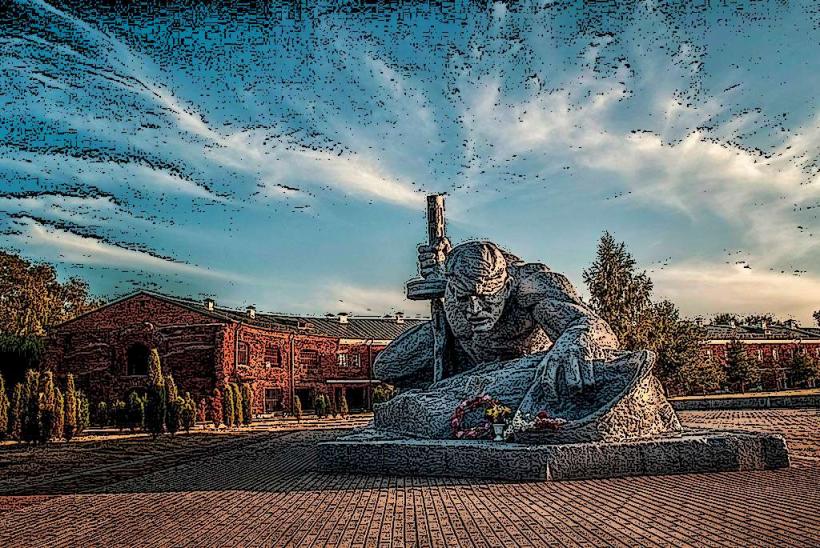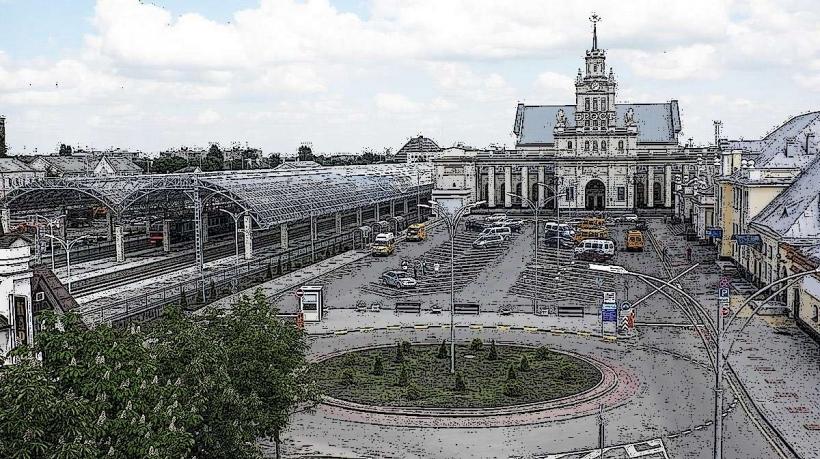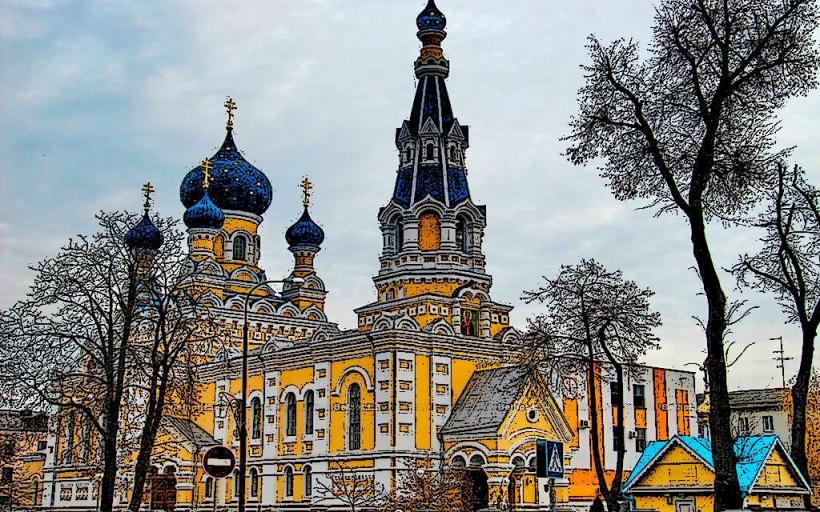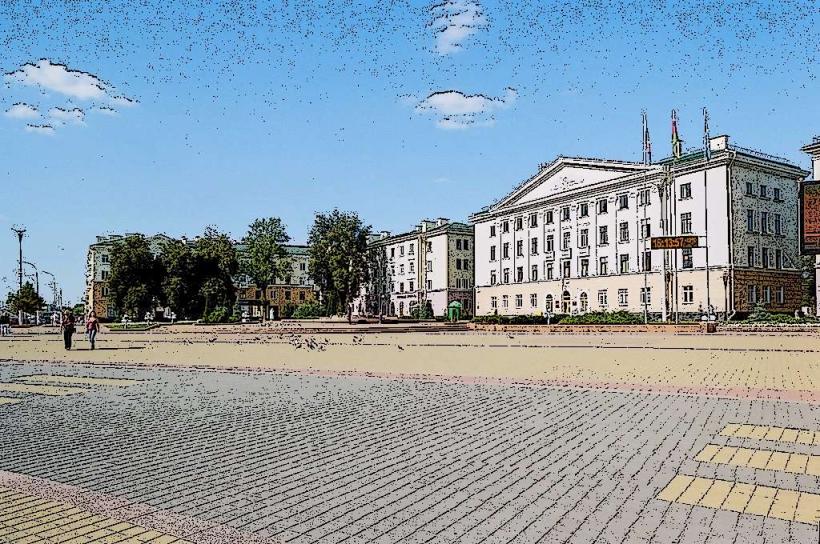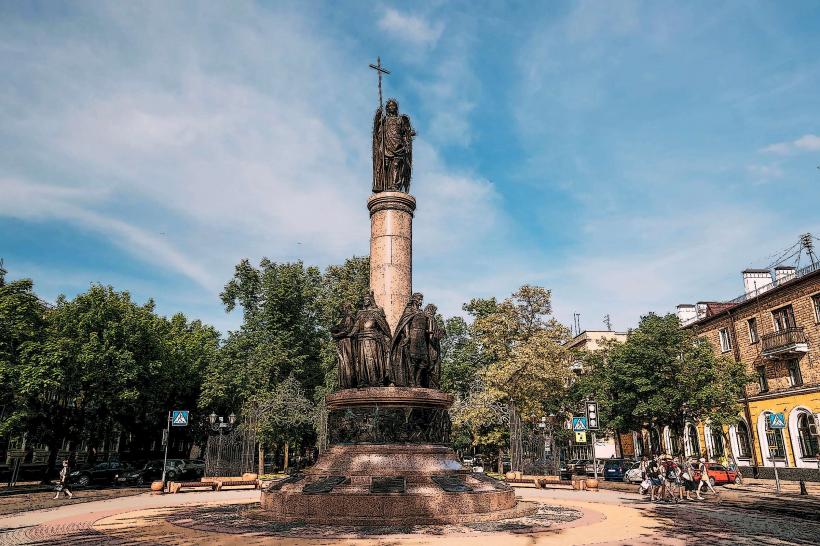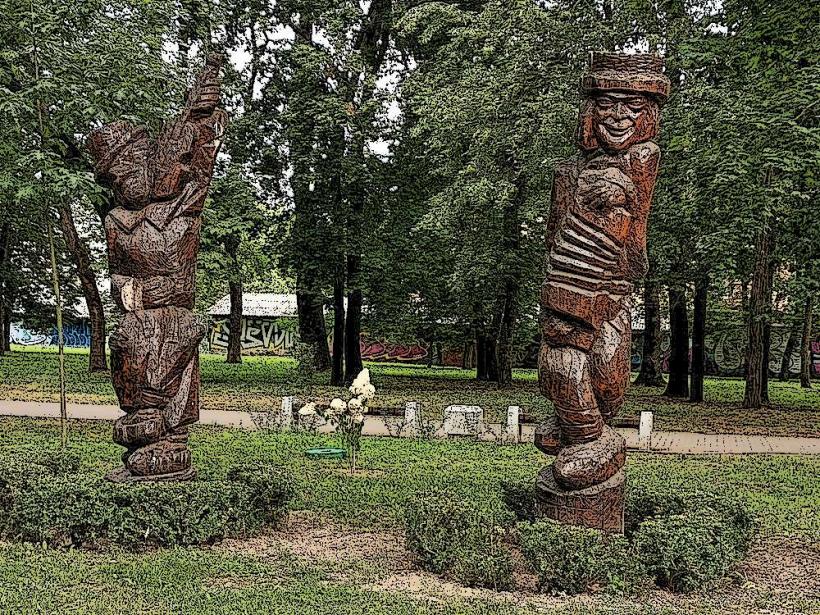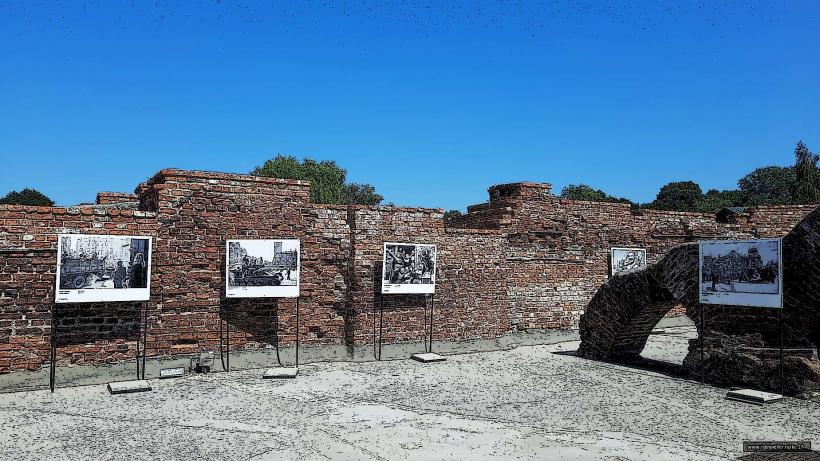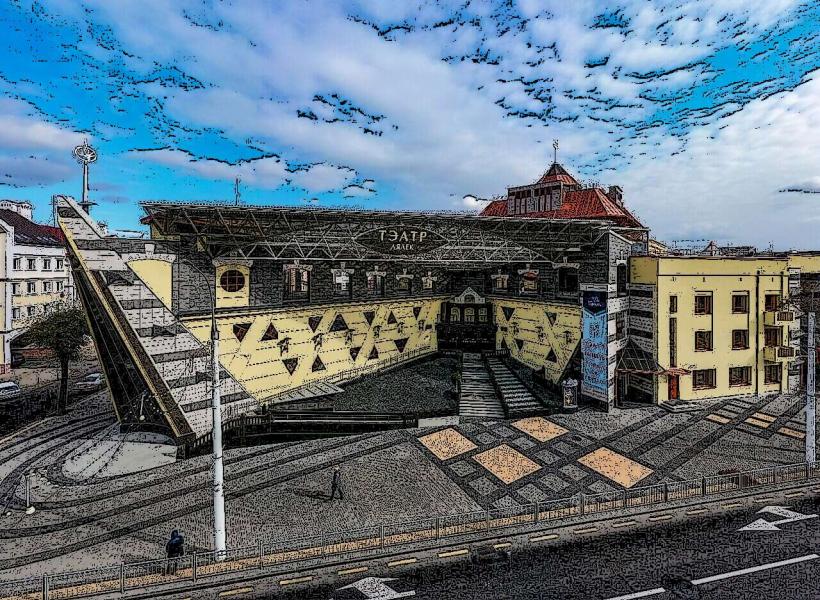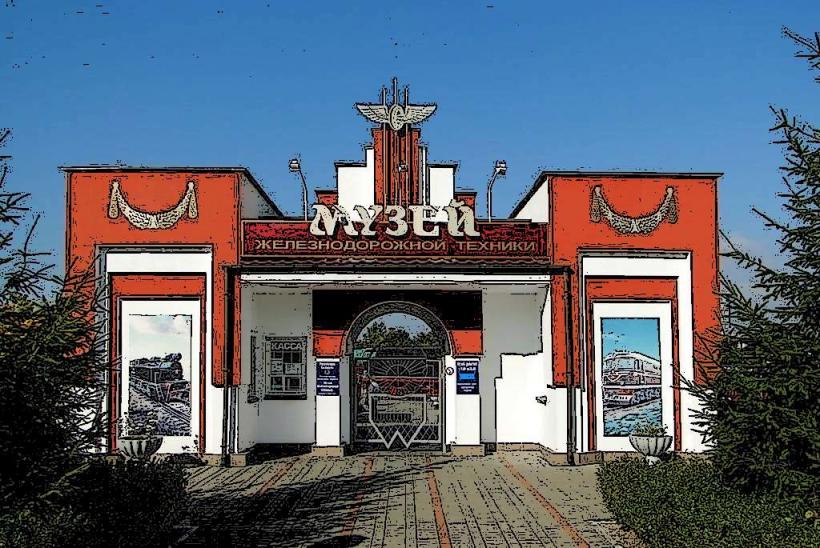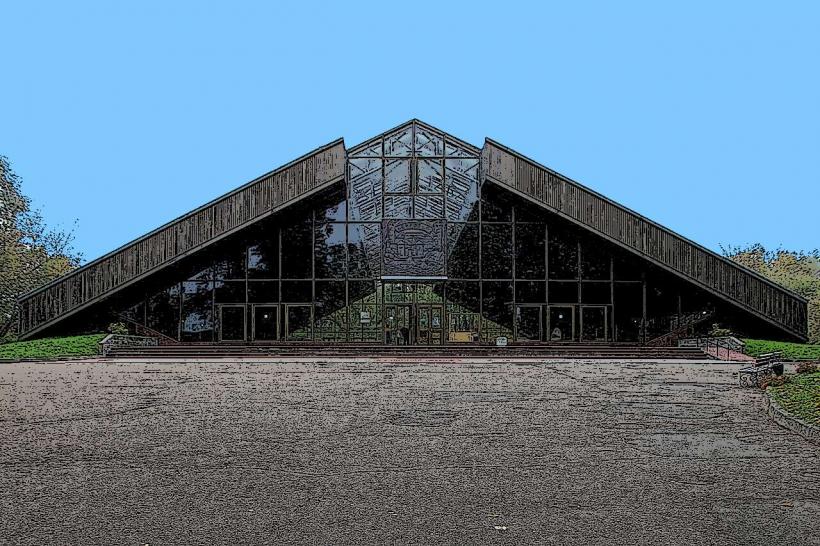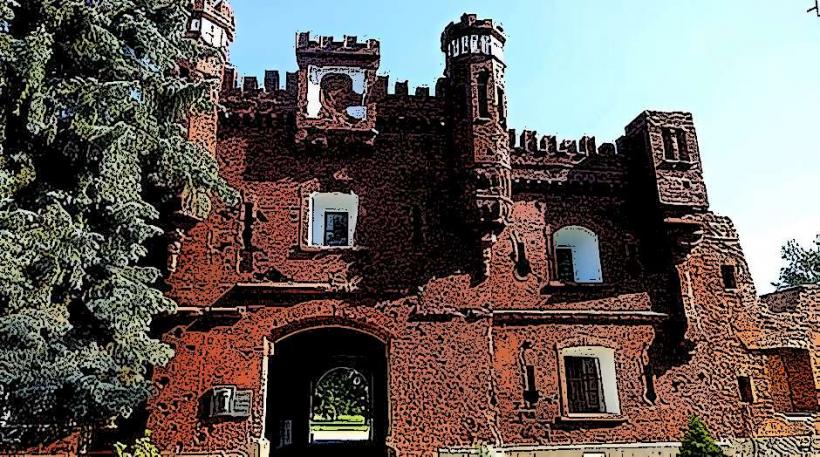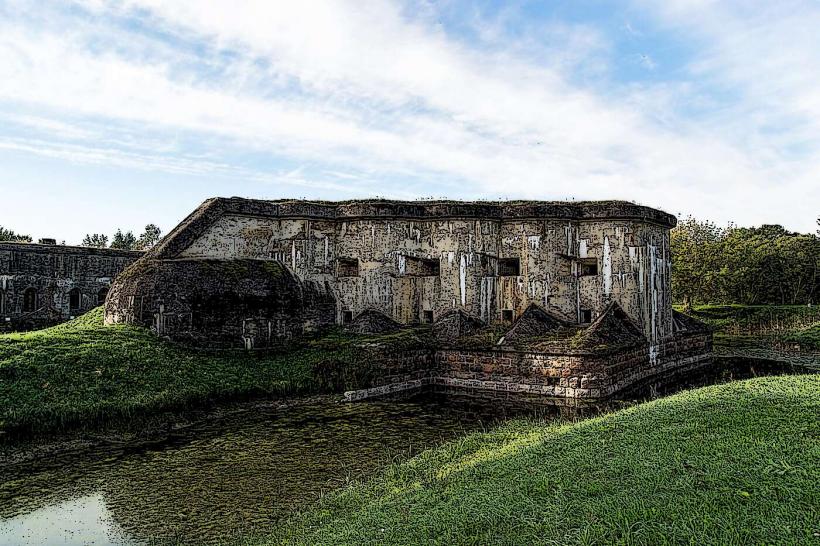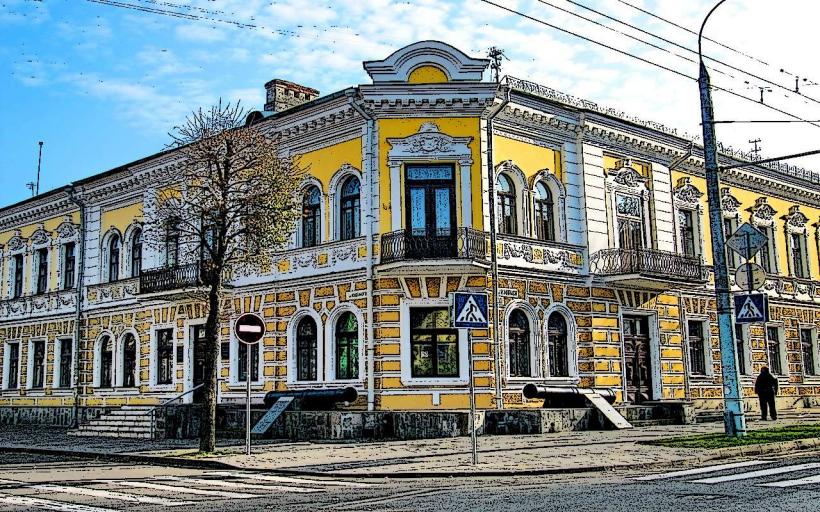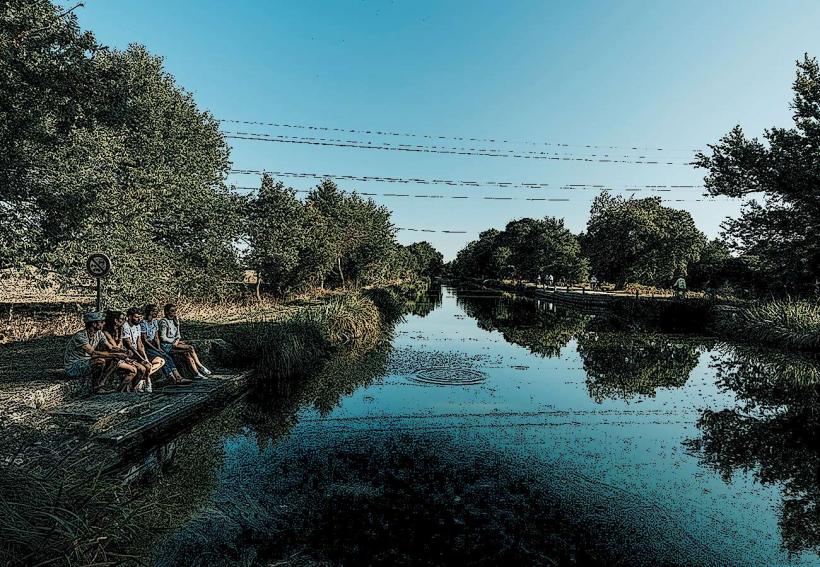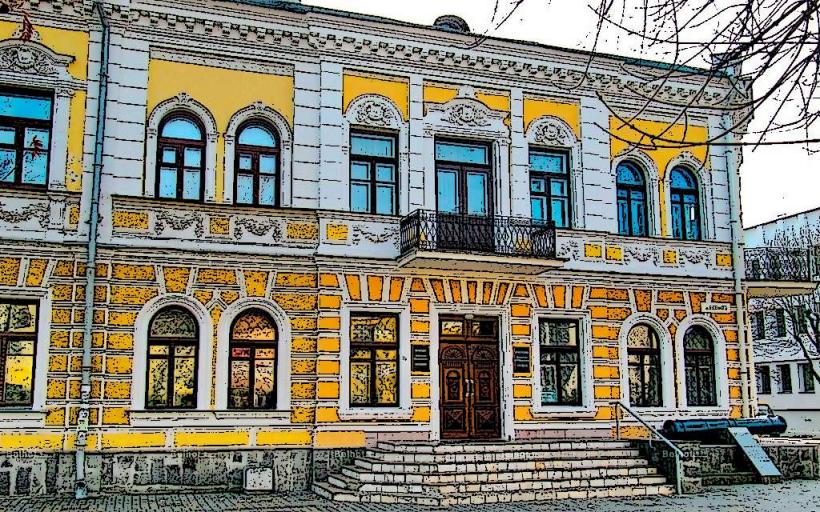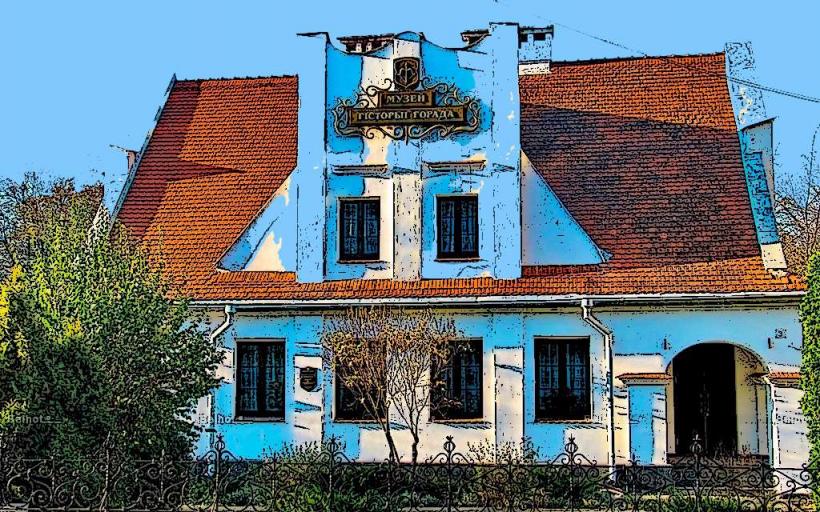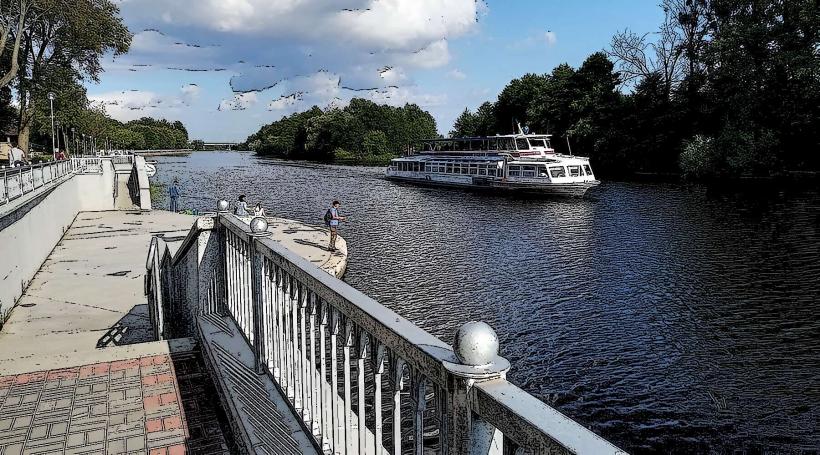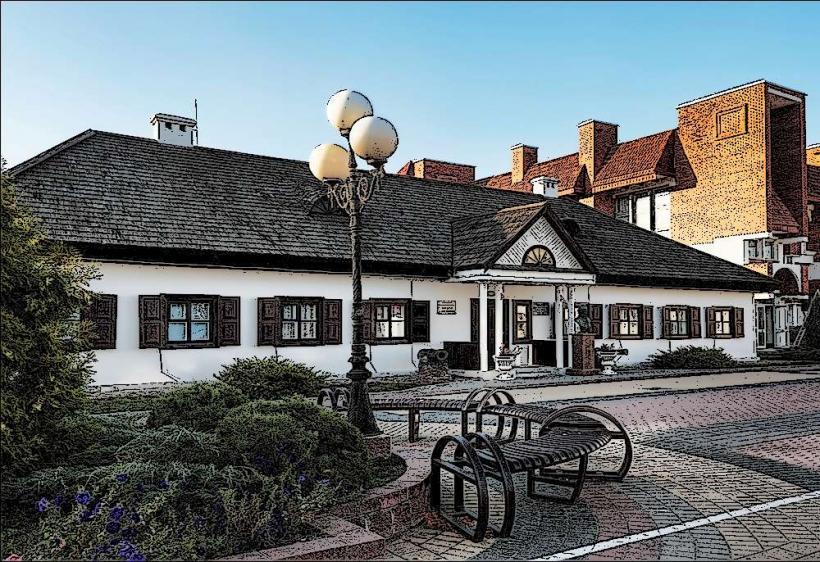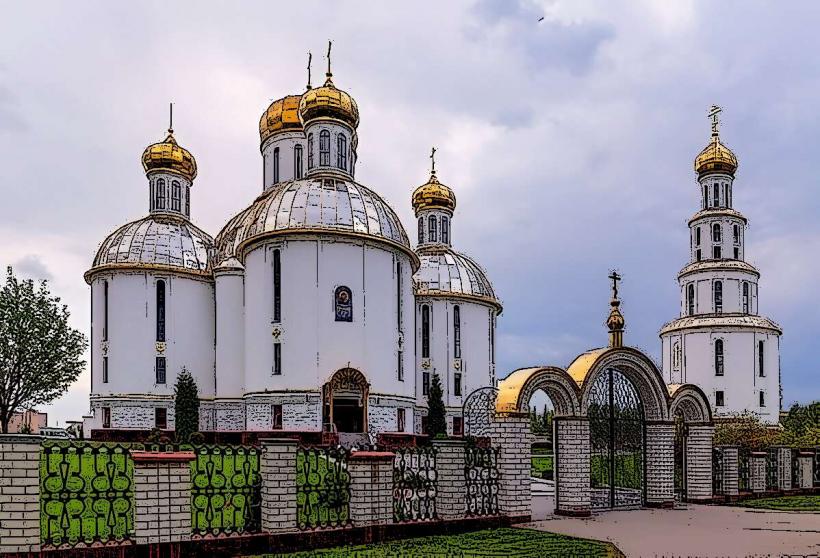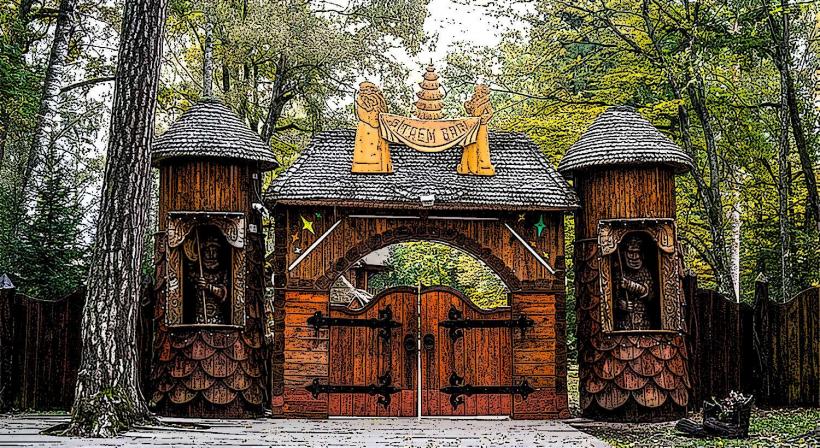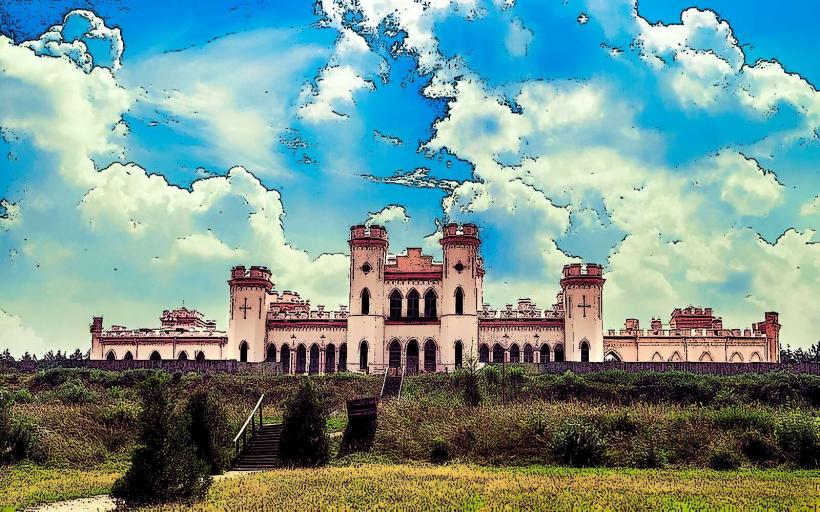Information
Landmark: Ruzhany CastleCity: Brest
Country: Belarus
Continent: Europe
Ruzhany Castle (Belarusian: Ружанскі замак) is one of the most remarkable historical and architectural landmarks in Belarus. Located in the village of Ruzhany in the Brest Region, this castle is a symbol of the country’s noble heritage and a testament to its rich history. Despite its current state of ruin, Ruzhany Castle remains a captivating site that draws visitors interested in the country’s medieval and Renaissance architecture, as well as its aristocratic past.
Historical Background
Origins and Construction:
- The castle was originally built in the 16th century, with construction beginning in 1583 by the Sapieha family, one of the most powerful noble families in the Grand Duchy of Lithuania. The family was known for its influence in the region and had several estates across modern-day Belarus and Lithuania.
- The design of the castle was conceived to be both a fortified residence and a symbol of wealth and power. It was initially built as a Renaissance-style estate, with a mix of military fortifications and luxurious accommodations.
Architectural Evolution:
- Over the centuries, the castle underwent numerous expansions and modifications, reflecting changing architectural trends. It combined elements of Renaissance, Baroque, and Neoclassical styles, creating a unique blend of European architectural styles.
- In the early 17th century, the castle was expanded to include defensive walls, a large courtyard, and a network of towers. The castle’s most notable feature was its central courtyard, surrounded by wings that housed the noble family, servants, and soldiers.
Decline and Abandonment:
- Ruzhany Castle began to decline during the 18th century, largely due to political turmoil, including the partitions of Poland and the eventual downfall of the Sapieha family’s political influence. The estate suffered further damage during the Russian Empire's rule over Belarus and during various wars.
- After the Napoleonic Wars and the family’s loss of power, the castle’s military and residential functions declined. During the 19th century, the castle fell into neglect and disrepair.
Damage in the 20th Century:
- The castle suffered significant damage during World War I and World War II, and many parts of it were destroyed. The Soviet authorities, after taking control of Belarus, paid little attention to preserving the castle, further accelerating its decay.
Architecture and Layout
- Renaissance Fortress:
- The original design of Ruzhany Castle was intended to be a fortified residence. It included thick stone walls, defensive towers, and a moat, characteristic of Renaissance-era castles. The main residential building was situated at the heart of the estate, with protective walls and bastions built around it to defend against possible invaders.
- Defensive Walls and Towers:
- The castle’s defensive walls were made of stone and were once adorned with towers at the corners, providing both a protective function and aesthetic value. These towers were originally connected by walkways and defensive parapets.
- Central Courtyard:
- The heart of the castle was its large central courtyard, which was the gathering place for the family, guests, and servants. The courtyard was surrounded by wings of the castle that housed various living and service areas.
- Baroque and Neoclassical Additions:
- In the 17th and 18th centuries, under the Sapieha family’s influence, several elements of Baroque and Neoclassical architecture were added to the castle. These included decorative elements, such as arches, columns, and expansive windows, which lent the castle a more refined and luxurious appearance.
- Current State:
- Today, Ruzhany Castle is mostly in a state of ruin, with much of the structure having collapsed or been looted over the years. However, the remains of the castle’s walls, towers, and central courtyard are still visible, providing a glimpse into the grand design of the estate. Restoration efforts have been ongoing, but much of the castle’s original splendor is lost.
Cultural and Historical Significance
Noble Heritage:
- The castle is intrinsically linked to the Sapieha family, who were one of the most powerful and influential noble families in the Grand Duchy of Lithuania. They played a prominent role in politics, military affairs, and culture during their time.
- The Sapieha family’s ownership of the estate reflects the status and influence of the Belarusian nobility during the Renaissance and Baroque periods.
Symbol of Belarusian Architecture:
- Ruzhany Castle is one of the most prominent examples of Renaissance and Baroque architecture in Belarus. Its design, though partially ruined, is a testament to the artistic and architectural traditions of the time. The castle’s layout, defensive features, and decorative elements combine to showcase the evolution of castle architecture across several centuries.
Wars and Decay:
- The castle’s story is one of gradual decline due to political changes, wars, and neglect. The damage inflicted by World War I and World War II further deteriorated the structure. However, the castle remains an important site for understanding the impact of historical events on architectural heritage in Belarus.
Tourist Attraction:
- Today, Ruzhany Castle is a popular tourist attraction, especially for those interested in Belarusian history and architecture. The ruins draw visitors from around the world who wish to explore the castle’s history and experience the haunting beauty of the remains.
- The castle is part of the broader historical heritage of Belarus and is often included in tours focused on the country’s noble estates and medieval history.
Visiting Ruzhany Castle
Location:
- The Ruzhany Castle is located in the village of Ruzhany, approximately 40 kilometers south of Brest, in the Brest Region of Belarus. It is accessible by car, making it a popular destination for visitors traveling from Brest or other nearby cities.
Opening Hours:
- While the castle is in a state of ruin, it is generally open to visitors year-round. It is advisable to check in advance for any updates on restoration work or changes to the castle’s accessibility.
Admission:
- There is an admission fee for visiting the castle, which helps fund ongoing restoration and preservation efforts. Fees can vary, depending on whether you are visiting for a guided tour or a self-guided experience.
Guided Tours:
- Guided tours are available, offering insight into the history of the castle, the Sapieha family, and the architectural features of the site. The tours often highlight the historical significance of the estate, as well as the challenges faced during its decline.
Conclusion
Ruzhany Castle is a symbol of Belarus’s medieval and Renaissance heritage, showcasing the influence of the Sapieha family and the architectural styles of the era. Despite its current state of ruin, the castle remains an important cultural landmark and a testament to the rich history of the region. Whether you are a history enthusiast, an architecture lover, or simply a visitor interested in exploring the beauty of Belarus, Ruzhany Castle offers a fascinating glimpse into the past. With ongoing restoration efforts, it holds the potential to become an even more significant cultural destination in the future.

